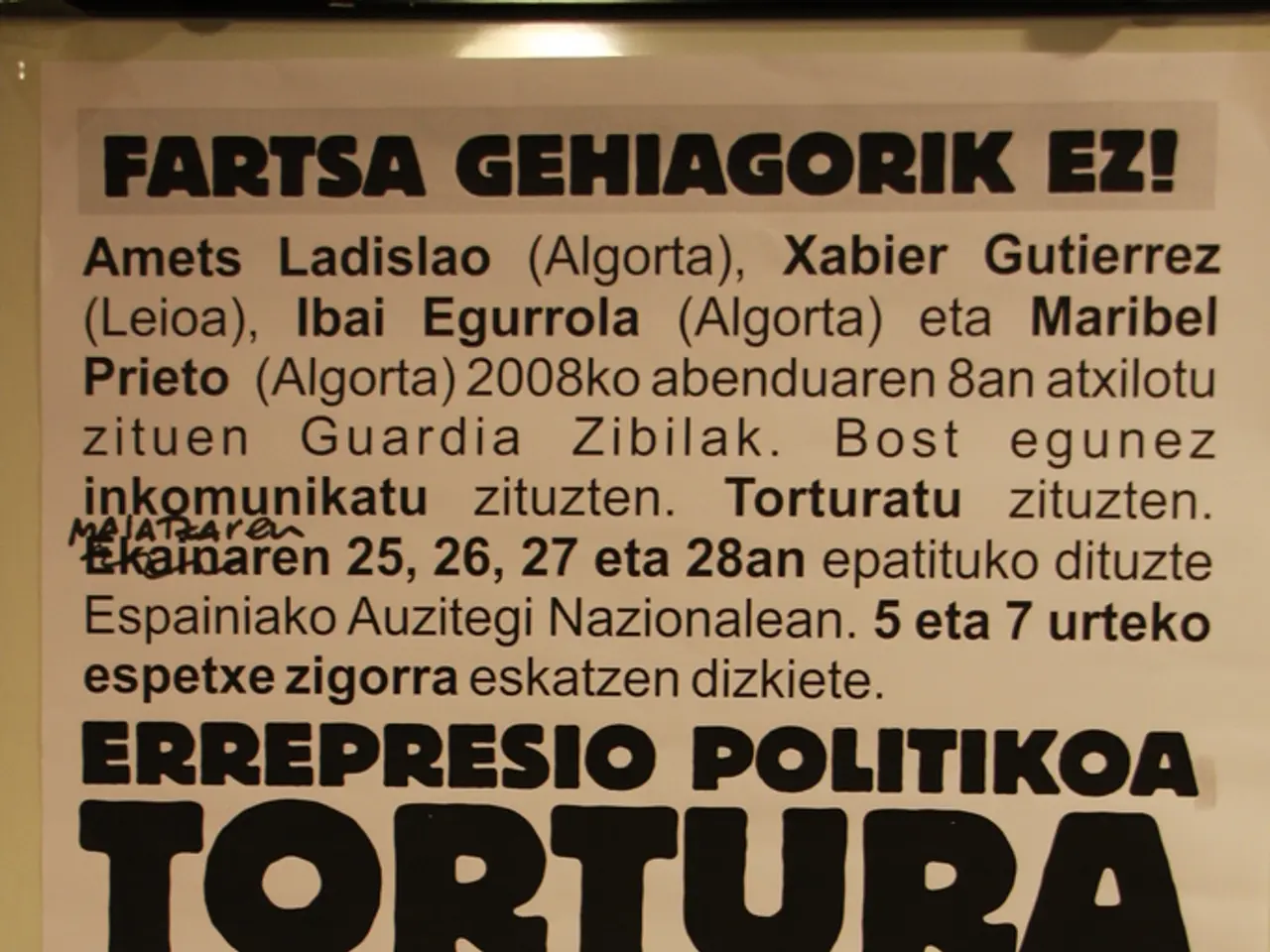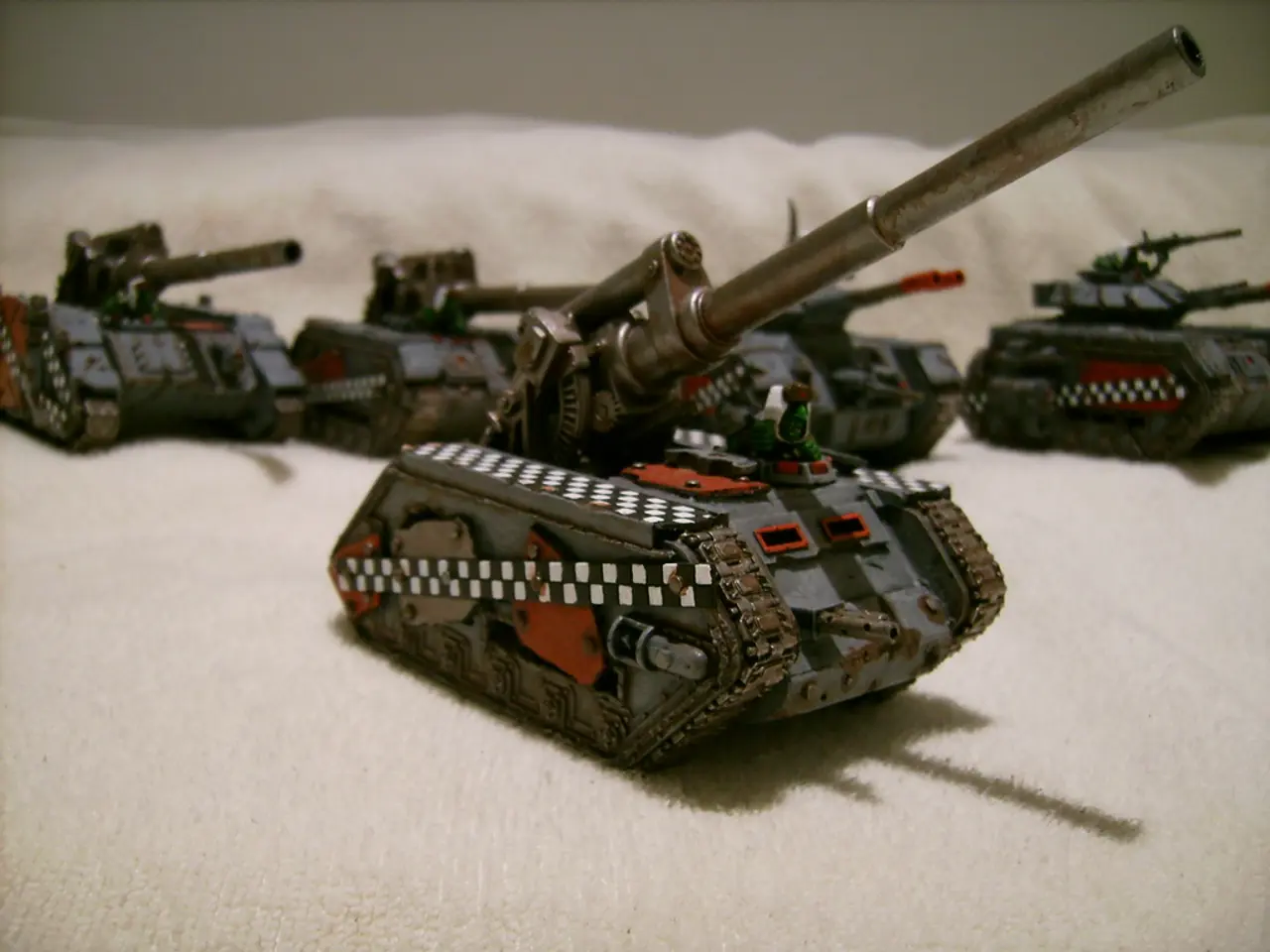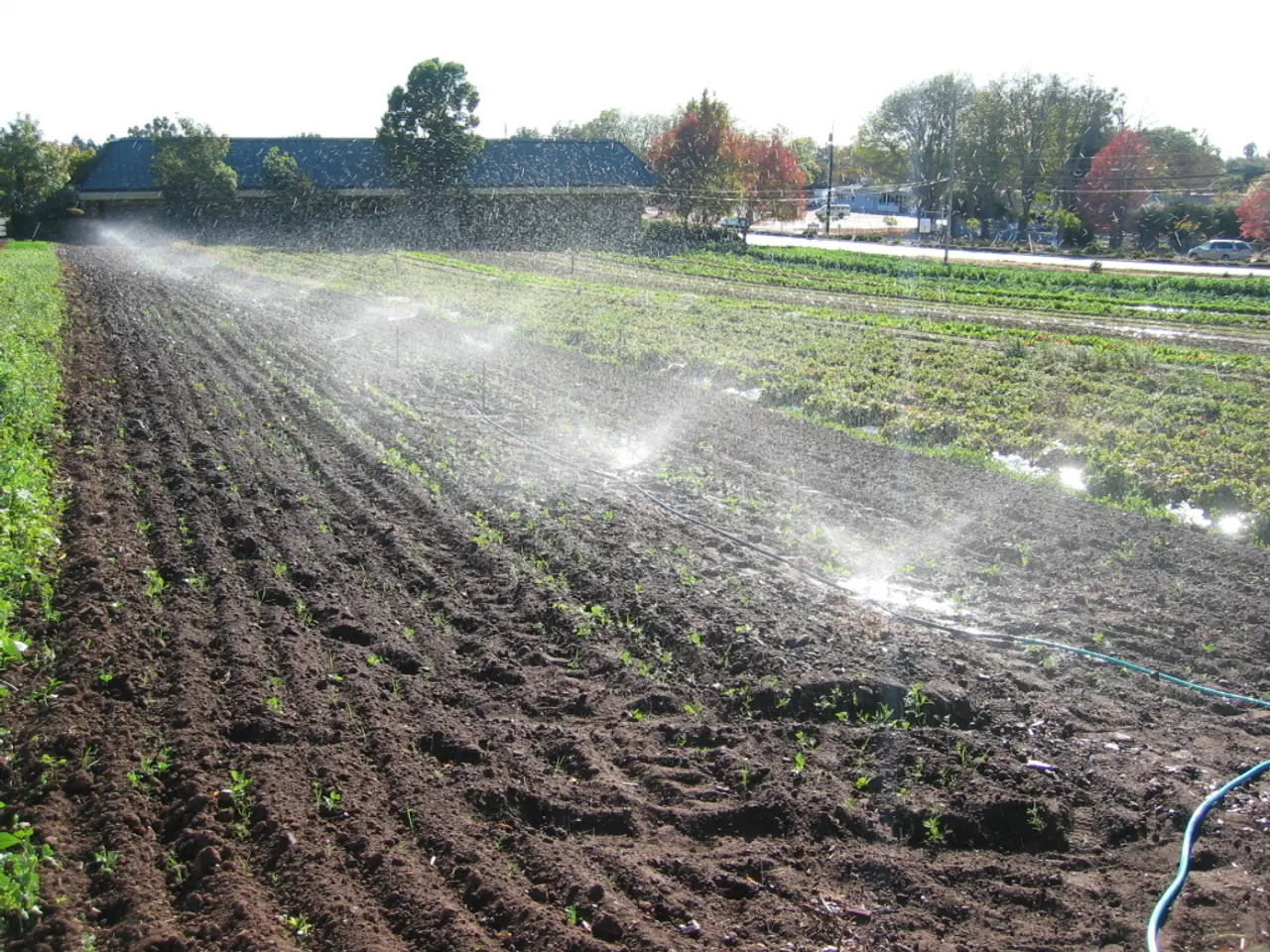Expanding NATO's Deadliness: A New Agenda?
NATO member states have made a significant commitment to increase their military spending, marking a shift towards a war economy model. At the recent NATO summit in The Hague, all 32 member states pledged to ramp up defense-related expenditures from the longstanding target of 2% of GDP to at least 5% of GDP within the next decade [1][2][3].
This ambitious shift comes amid a complex global context marked by geopolitical tensions with Russia and China, ongoing proxy conflicts, and a broader climate of international instability. The commitment is designed to prepare NATO for potential large-scale conflicts and represents a qualitative shift towards a permanent war economy [1][3].
However, this major defense spending increase raises serious questions about feasibility, especially given the current global economic challenges such as trade wars and economic stagnation. Transitioning to a war economy mode is fraught with difficulties, and the economic environment, characterized by sluggish growth and trade conflicts, could hinder some member states' abilities to meet the 5% target promptly or without domestic political backlash [2][4].
Moreover, sustaining industrial production, boosting military confidence, and securing supply chains in these unstable economic conditions pose significant challenges. While achieving the 5% military expenditure goal is politically symbolic and intended to demonstrate NATO unity and resolve, practically speaking, it demands complex adjustments in economic policy, industry, and social spending priorities amid ongoing economic headwinds [3][4].
In addition to the defense spending increase, NATO allies have reaffirmed their continuing support to Ukraine, including direct contributions towards Ukraine's defense industry in defense spending calculations. The support of NATO allies is essential for Ukraine to overcome its ammunition shortage, particularly in light of Russia's ongoing war against Ukraine [5].
President Donald Trump, who has been a vocal critic of uneven defense and security contributions within NATO, has hailed the 5% spending target as a "historic achievement" [6]. Trump is open to selling more weapons to Ukraine, but has paused the delivery of some munitions, including interceptors for Patriot air defense systems and precision artillery missiles [7].
The EU defense industry, however, is based on a peacetime economy, not a wartime economy, which presents its own challenges in meeting the increased demand for military equipment [8]. Keeping production going and building industrial confidence through ambitious targets is important for NATO member states to become more secure and resilient.
The Hague Summit Declaration also reaffirmed NATO's commitment to collective defense as outlined in Article 5 of the Washington Treaty, and defined Russia as a long-term threat to Euro-Atlantic security. The declaration also announced the next NATO leaders' summit will be held in Türkiye in 2026 [1].
In Germany, the German Parliament had already amended its constitution to lift the debt brake in 2025 to enable the country to increase military expenditure [9]. The allies have already sped up their investment in the defense industry due to rising geopolitical risks and an uncertain geopolitical environment.
In conclusion, while NATO member states can theoretically transition to a war economy mode, doing so amid a trade war and economic stagnation presents serious challenges that will test their economic resilience and political cohesion over the coming decade. The success of this transition will be crucial in ensuring NATO's ability to meet its commitments to collective defense and uphold its member states' fundamental right to self-defense.
- The shift towards a war economy model by NATO member states, aiming to increase defense spending to at least 5% of GDP, is a response to ongoing war-and-conflicts, geopolitical tensions, and international instability in the world.
- The move towards a war economy is accompanied by concerns about feasibility due to the current economic challenges, including trade wars and economic stagnation, which could hinder some member states' ability to meet the 5% target without domestic political backlash.
- Sustaining industrial production, boosting military confidence, and securing supply chains in this economic climate pose significant challenges, necessitating complex adjustments in economic policy, industry, and social spending priorities.
- In addition to defense spending increases, NATO allies have shown continued support for Ukraine, reaffirming their commitment despite the EU defense industry's structural challenges in meeting the increased demand for military equipment in a war-driven economy.







